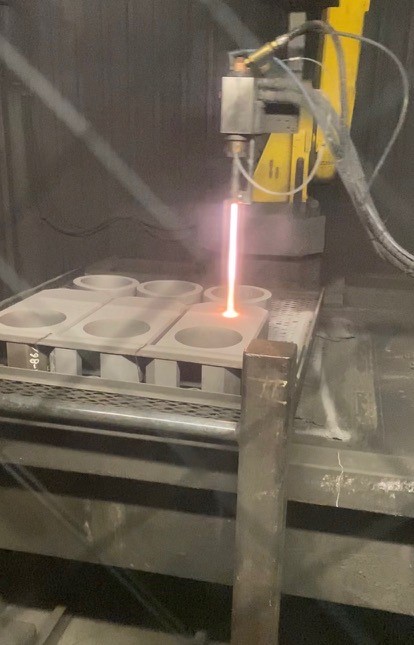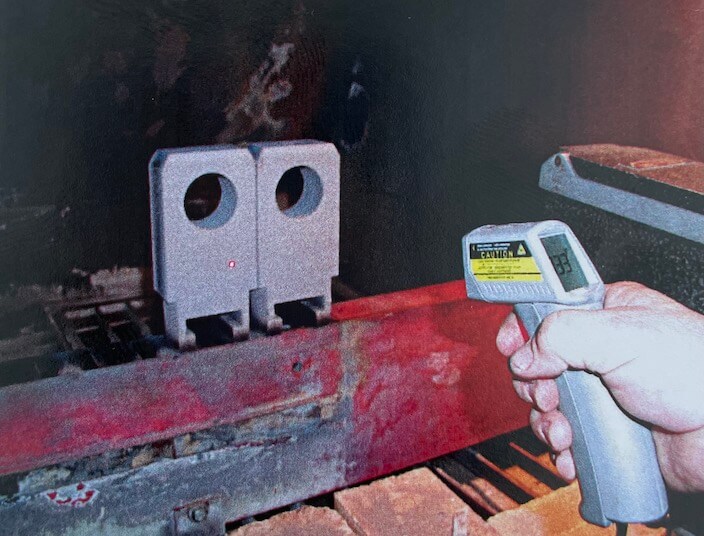Nothing in an HVOF system is more crucial than its ability to produce high-quality coatings. Each of our systems is engineered to produce ultra-dense coatings at a rapid rate by generating exceptionally high particle velocity. We also have liquid-fueled and gaseous-fueled high-pressure equipment to help you get the best coating results.

Spray and Fuse Coatings




High-Pressure Coating
What is HVOF?
A thermal spray technique in which fuel and oxygen are combined, fed into a combustion chamber, and ignited is known as High Velocity Oxygen Fuel (HVOF) coating. The gas created in the combustion chamber has a very high temperature and pressure, and it is ejected at supersonic speeds through a nozzle.
Powder is injected into a high-velocity gas stream and driven toward the coating substrate. As a result, the coating has a low porosity and a high binding strength to the substrate material, making it wear and corrosion resistant.
The high velocity of the particles provides kinetic energy, which is more essential than temperature in the HVOF spraying process. One of the advantages of the HVOF spraying method is that these dense and hard coatings can be applied at low temperatures.
Benefits
Frac components are subjected to a large amount of tensile stress due to flexing and sliding wear. An HVOF coating protects items and outperforms chromium plating in terms of wear and corrosion resistance. When compared to conventional thermal spray methods, this is just one of the many advantages of the HVOF process.
HVOF coatings are ideal for preventing wear and corrosion on items that are prone to harm. Spraying HVOF coatings on hydraulic frac valves and ancillary parts is a great illustration of how this process may be employed.
HVOF Spraying Materials
Tungsten Carbide coatings are dense, well-bonded, and can be applied to a high thickness. For applications that are prone to wear, Tungsten Carbide materials are recommended.
Because of the Chromium content, Tungsten Carbide-Cobalt-Chrome coatings are more wear-resistant in most applications than Tungsten Carbide coatings. Tungsten Carbide-Cobalt-Chrome is suitable for abrasive or sliding wear applications that are also exposed to corrosion. Hard chromium plating can be replaced with Tungsten Carbide-Cobalt-Chrome coatings.
When Tungsten Carbide-Nickel Superalloy is sprayed on a material, it forms a well-bonded coating with excellent wear resistance to abrasive grains, hard surfaces, and fretting. Hydraulic rods, ball valves, drilling, and saltwater applications all benefit from these coatings.
Chromium Carbide coatings have high microhardness and are well-bonded. These coatings are good for offering high-temperature resistance to solid particle erosion, abrasion, and tribocorrosion.
Spraying HVOF Stainless Steel on material results in a dense, well-bonded lower-cost coating. These coatings are used in salvage and repair applications to protect against corrosion, cavitation, and low-temperature particle erosion.
